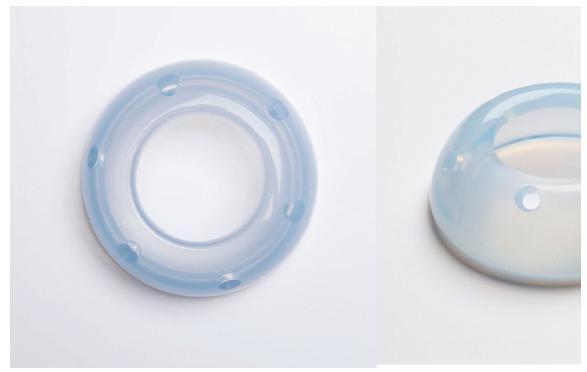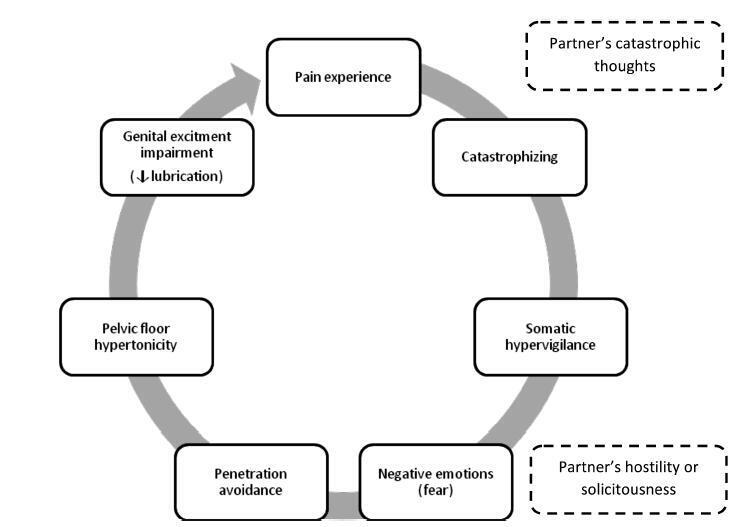Summary
Revista Brasileira de Ginecologia e Obstetrícia. 2019;41(1):44-52
The aim of the present study was to perform a comprehensive review of the literature to provide a complete and clear picture of isthmocele-a hypoechoic area within themyometriumat the site of the uterine scar of a previous cesarean section-by exploring in depth every aspect of this condition.
A comprehensive review of the literature was performed to identify the most relevant studies about this topic.
Every aspect of isthmocele has been studied and described: pathophysiology, clinical symptoms, classification, and diagnosis. Its treatment, both medical and surgical, has also been reported according to the actual literature data.
Cesarean section is the most common surgical procedure performed worldwide, and one of the consequences of this technique is isthmocele. A single and systematic classification of isthmocele is needed to improve its diagnosis and management. Further studies should be performed to better understand its pathogenesis.

Summary
Revista Brasileira de Ginecologia e Obstetrícia. 2019;41(1):53-58
The gestational complication most associated with perinatalmortality and morbidity is spontaneous preterm birth with gestational age < 37 weeks. Therefore, it is necessary to identify its risk factors and attempt its prevention. The benefits of the pessary in prematurity are under investigation. Our objective was to analyze the use of the pessary in the prevention of preterm births in published studies, and to compare its efficacy with other methods.
Randomized clinical trials published between 2010 and 2018 were selected from electronic databases. Studies on multiple gestations were excluded.
Two studies were in favor of the pessary as a preventive method, one study was contrary to the method and another two showed no statistically significant difference. Themeta-analysis showed no statistical difference with the use of a cervical pessary in the reduction of births < 37 (odds ratio [OR]: 0.63; confidence interval [95% CI]: 0.38-1.06) and < 34 weeks (OR: 0.74; 95% CI: 0.35-1.57)
The pooled data available to date seems to show a lack of efficacy of the cervical pessary in the prevention of preterm birth, although the heterogeneity of the studies made comparisons more difficult.

Summary
Revista Brasileira de Ginecologia e Obstetrícia. 2018;40(12):794-799
Tamoxifen (TMX) is the main drug used both in pre and postmenopausal women as adjuvant treatment for hormone receptor-positive breast cancer. An important barrier to the use of TMXis the development ofdrug resistance causedby molecular processes related to genetic and epigenetic mechanisms, such as the actions of cytochrome P450 2D6 (CYP2D6) polymorphisms and of its metabolites. The present study aimed to review recent findings related to the impact of CYP2D6 polymorphisms and how they can affect the results of TMX in breast cancer treatment. The keywords CYP2D6, tamoxifen, and breast cancer were searched in the PubMed, Scopus, The Cochrane Library, Scielo, and Bireme databases. Studies related to other types of neoplasms or based on other isoenzymes from cytochrome P450, but not on CYP2D6, were excluded. The impact of CYP2D6 polymorphisms in the TMX resistance mechanism remains unclear. The CYP2D6 gene seems to contribute to decreasing the efficacy of TMX, while the main mechanism responsible for therapy failure, morbidity, and mortality is the progression of the disease.

Summary
Revista Brasileira de Ginecologia e Obstetrícia. 2018;40(12):787-793
Genito-pelvic pain/penetration disorder (GPPPD) can be an extremely bothersome condition for patients, and a tough challenge for professionals regarding its assessment and treatment. The goal of the present paper is to review the etiology, assessment, and treatment of GPPPD, especially focusing on the cognitive aspects of the disease and cognitive-behavioral treatment options, through a non-systematic review of articles indexed to the Medline, Scopus and Web of Science databases, using the following MeSH queries: pelvic pain; dyspareunia; vaginismus; vulvodynia; and cognitive therapy. Altogether, 36 articles discussing the etiology, diagnosis and management of GPPPD were selected. We provide an overview of GPPPD based on biological, psychological and relational factors, emphasizing the last two. We also summarize the available medical treatments and provide strategies to approach the psychological trigger and persisting factors for the patient and the partner. Professionals should be familiarized with the factors underlining the problem, and should be able to provide helpful suggestions to guide the couple out of the GPPPD fear-avoidance circle.
